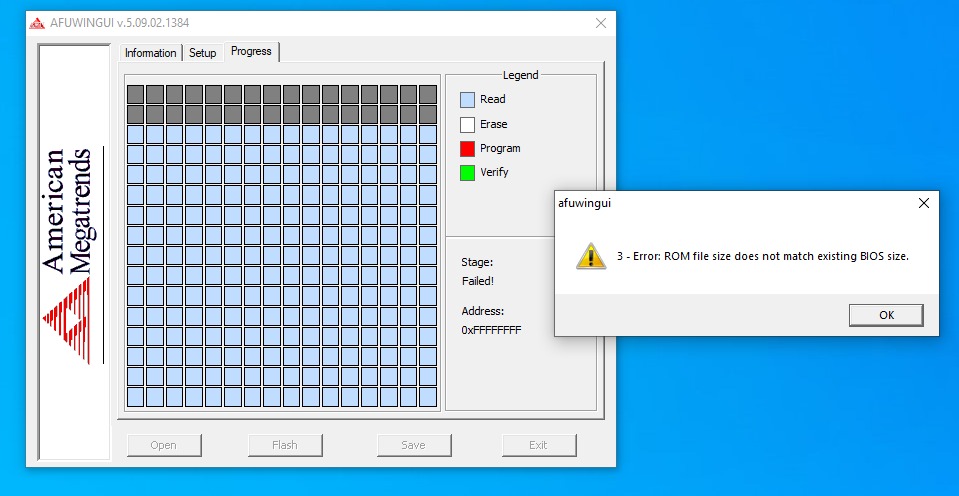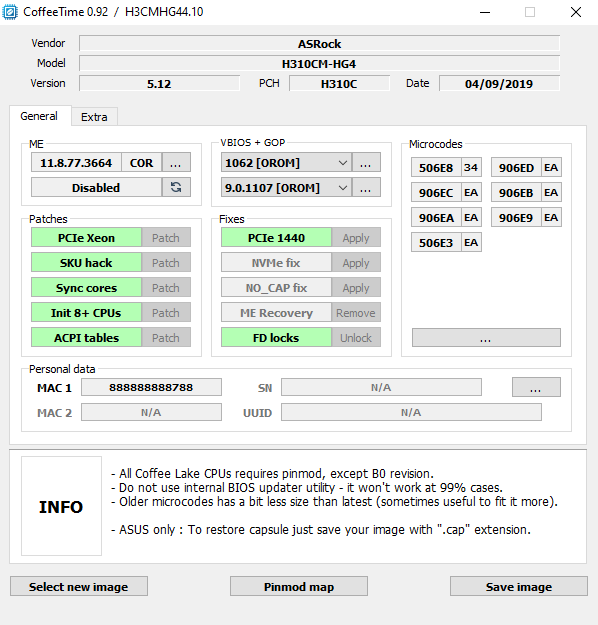I’m having trouble installing the bios mod, the bios that the seller sent me and the one I did doesn’t install, by afuwin it gives error 18 and in the instflash of the securty check flash error, I don’t know what else to do, someone could tell me to help because I want to use qnct i7 8750h cpu and xeon E2186M, I would be very grateful if someone could modify the bios so that I can flash it.


H3CMHG44.rar (7.81 MB)